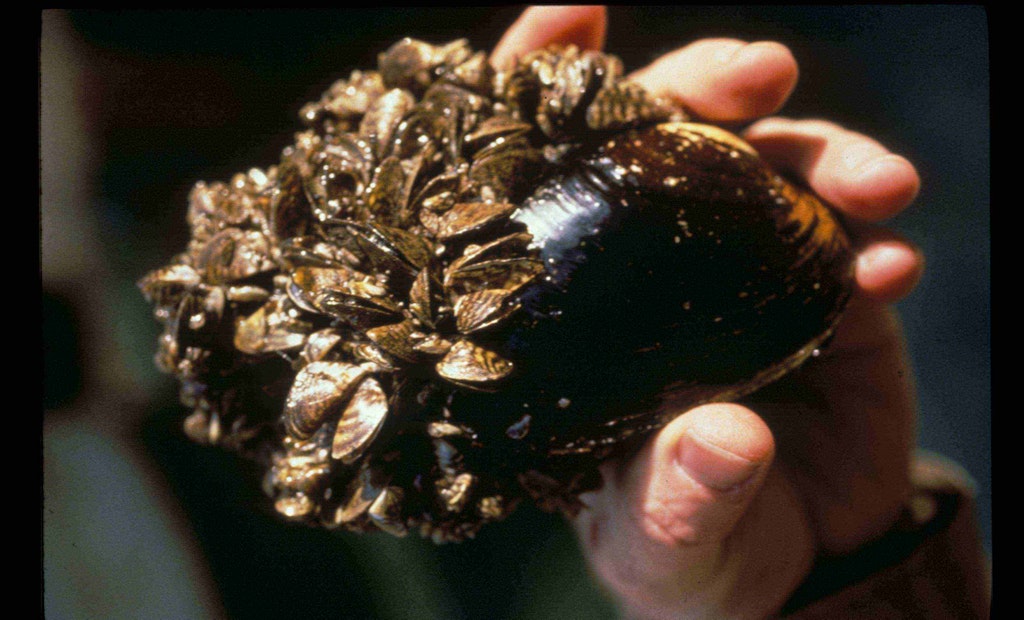The Fargo, North Dakota, water utility had an unwelcome visitor recently.
A zebra mussel showed up in the intake structure that draws raw water from the Red River.
“We weren’t really surprised,” says Troy Hall, Fargo’s water utility director. “We knew it was coming. We...






